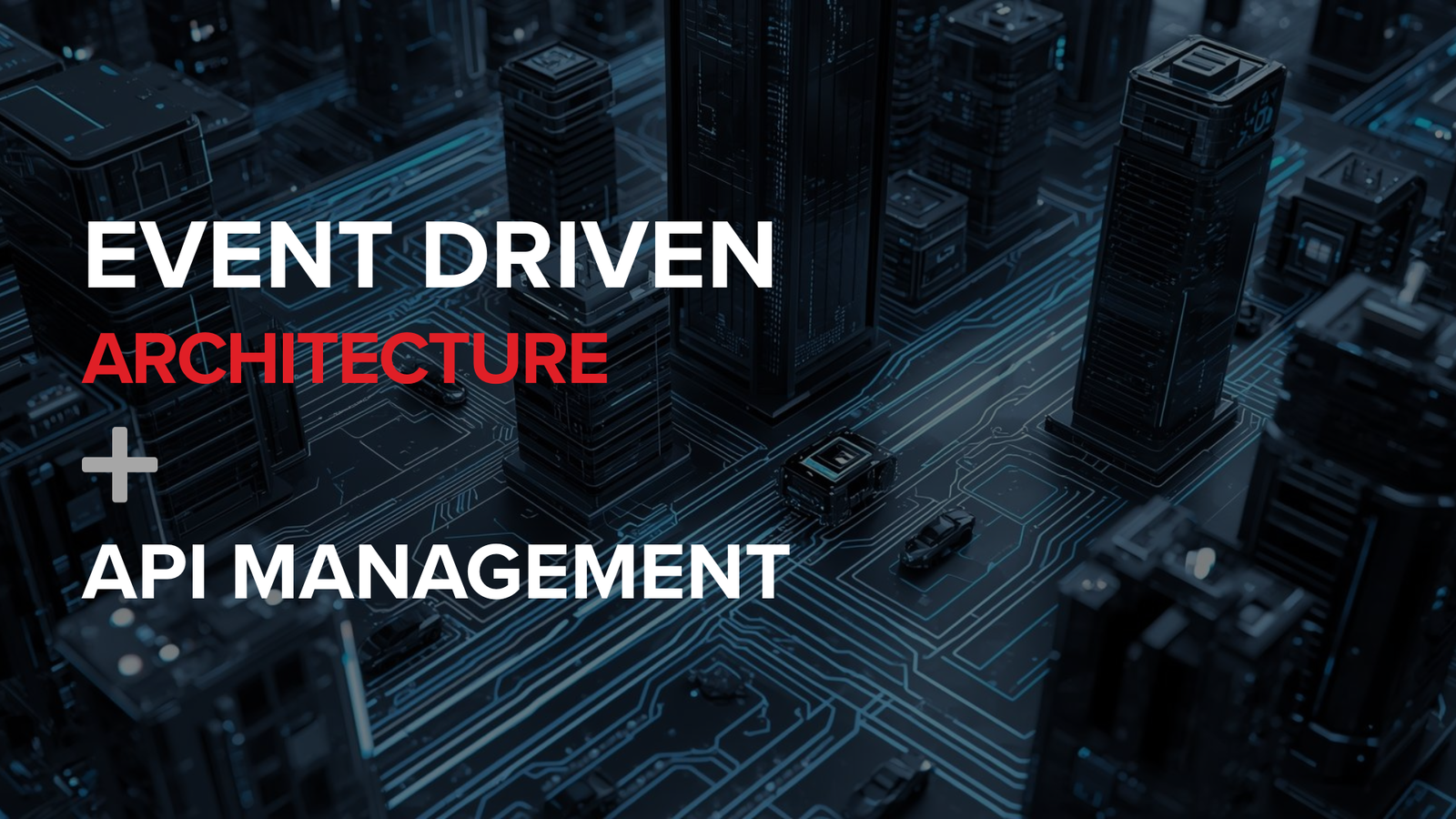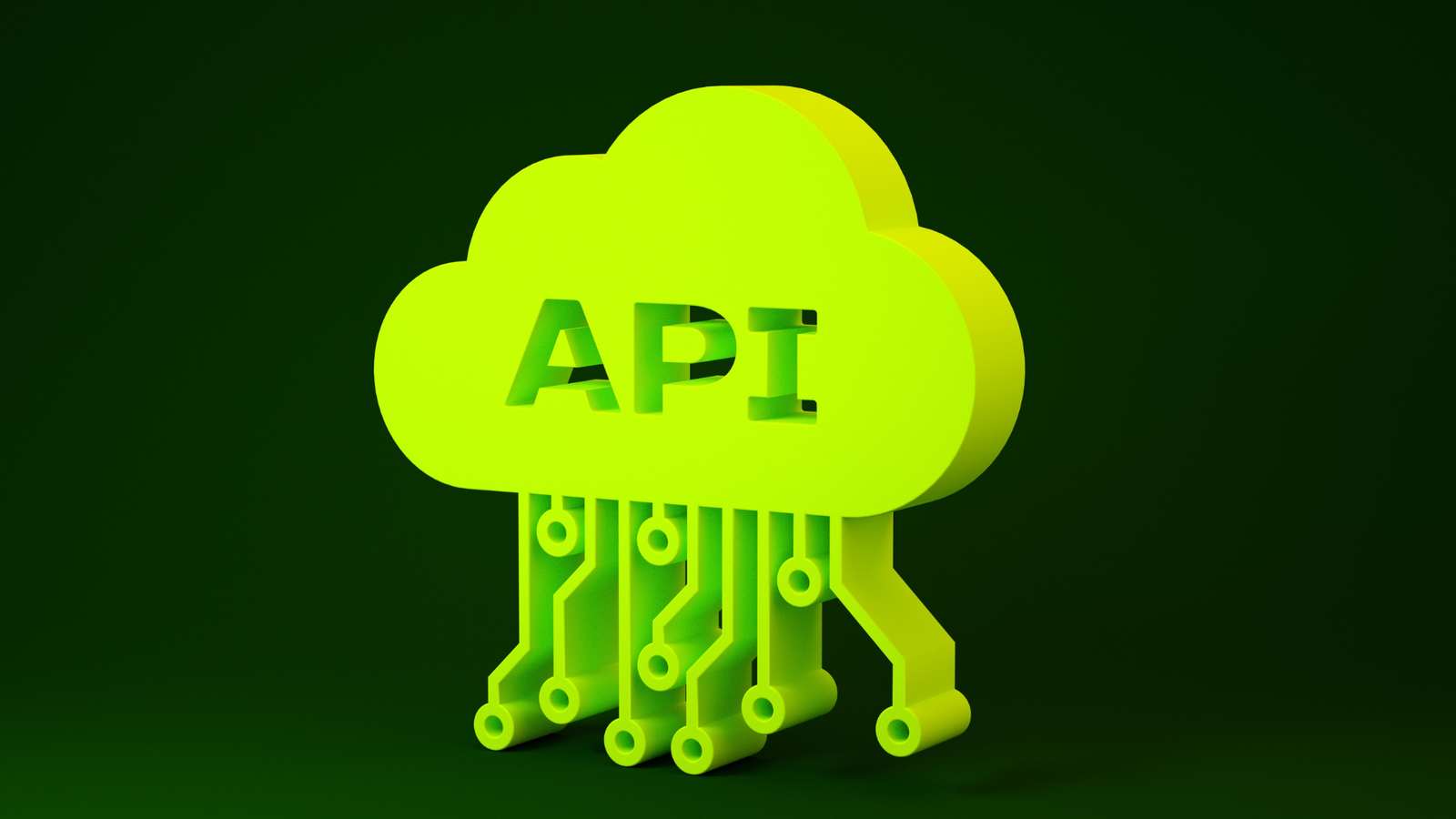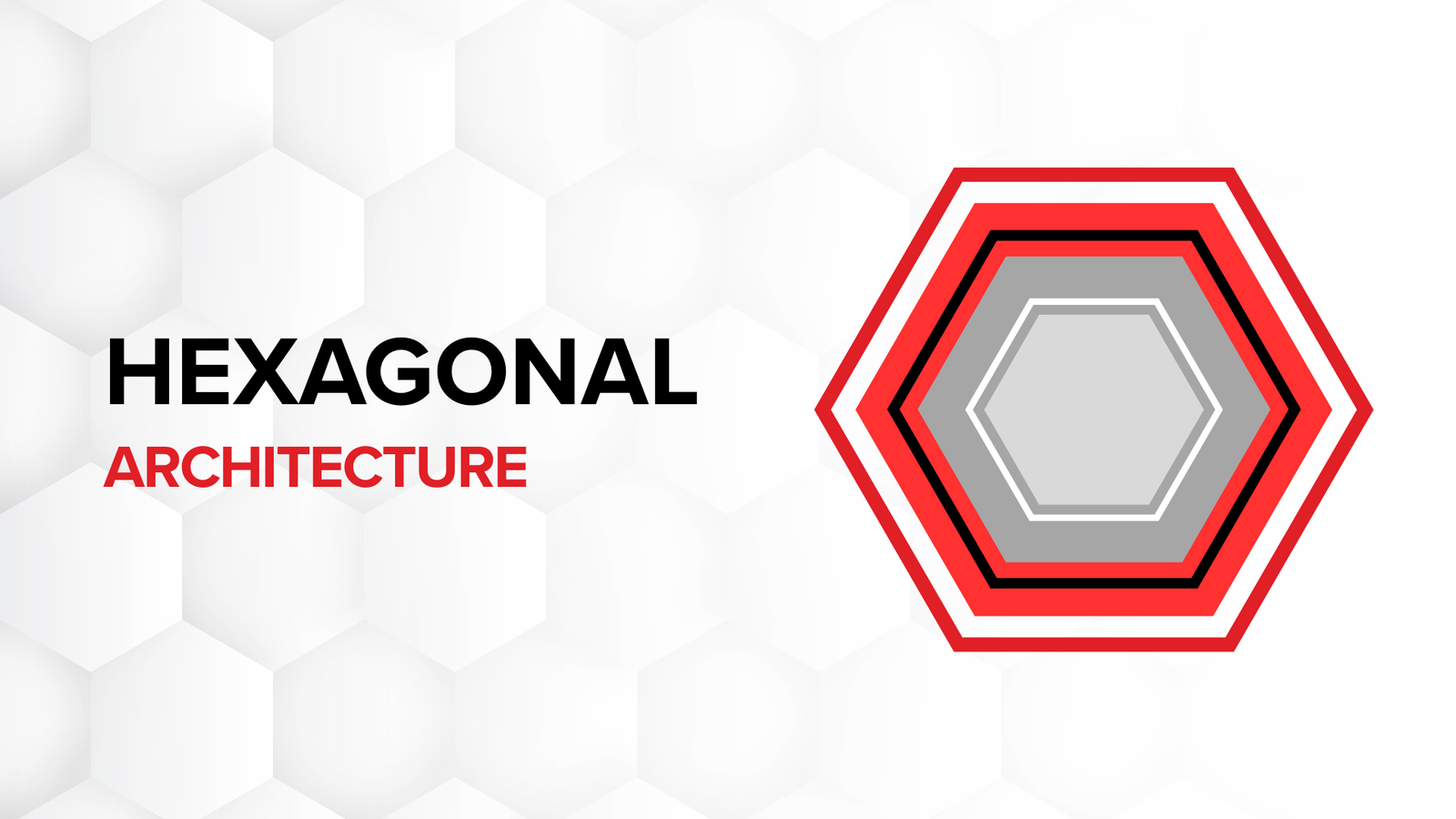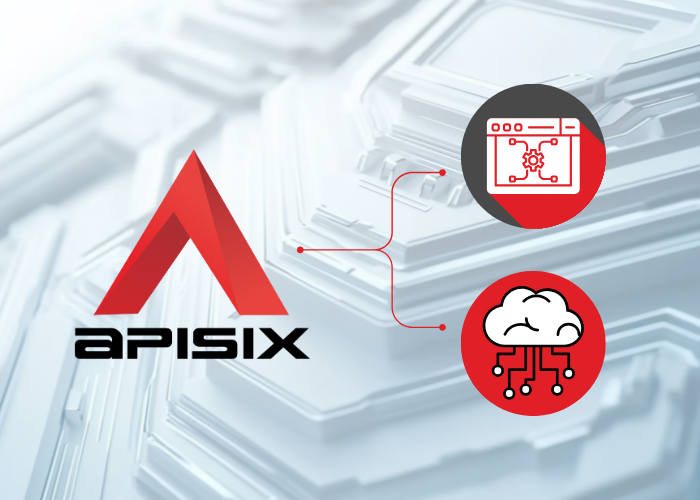What is observability?
Observability is the practice of collecting dynamic data from a complex IT system with the intention of analysing its behaviour. This data is the external output of the system that reflects its internal state at any given time. An observability practice allows companies to attain a real-time panorama of their digital infrastructure and make adjustments to problem areas as required.
It is pertinent to keep in mind that today’s enterprise IT systems are not homogenous entities. They are made up of smaller moving parts operating on individual sets of data, ranging from microservices to container technologies and serverless functions. The rapid flow of data involving these modern (and often cloud-native) technologies demands a high-fidelity telemetry tool that can create fully dimensional records of transactions with end users. Thus, the next obvious step was the enhancement of system monitoring models such as application performance monitoring (APM) and network performance management (NPM) into the concept of observability. An observability tool is best suited to handle the entropy of a distributed, cloud-native system of applications.

Three pillars of an observability tool
An observability platform utilises and amplifies existing instrumentation of the different applications, services, and components within the organisation’s digital infrastructure. It does this through the three main pillars of any observability practice:


Logs
A real-time record of events that covers everything from the context to the exact time of their occurrence. Observability tools provide a way to analyse these records so that engineers can troubleshoot them after the events have taken place. It also helps prepare for unpredictable component behaviours that may emerge in the future. Logs by nature are difficult to retain after a limited time.


Metrics
The numeric values assigned to the indicators of overall system health. Metrics are structured by default, and are collected over a fixed span of time from multiple sources within the overall system. While logs are used in debugging efforts, metrics are used to paint a better picture of the system’s performance; this can be attributed to their ability to be stored for longer periods.


Traces
Depicts the interaction of applications with the resources they utilise. Distributed tracing plays a huge role in tracking the behaviour of a microservices-based enterprise architecture. It is used to pinpoint the service that increases latency within the system. Tracing helps understand the connection pathways between services as well as the propagation and life cycle of requests through the system.
Benefits of implementing an observability practice
The chief positive outcome of observability is that the more we know about the system, the more easy and secure it becomes to maintain old code and update it wherever necessary. This fosters an agile/DevOps culture within the organisation, making sure that high quality software and services see the light of day.
The 6 benefits of observability are:
Addresses issues that you may never think to watch out for.
Consolidates the context behind these issues and pinpoints their root causes so that a solution can be found early on during the software development life cycle.
Automates resolution to forgo manual intervention.
Prevents similar events from happening in the future.
Promotes automatic scaling of observability within different environments. For instance, Kubernetes clusters can be configured such that its instrumentation data can be accessed from the moment of instantiation to shut down.
Allows engineering teams to leverage its power to receive insights into their application development process, improving testing, security, and CI/CD practices to ensure better quality of code.
Observability paves the way for extensive organisational improvements and furthers the aims of innovation upheld by digital transformation.
How can we help you and what we do to implement observability
We help you choose the right observability tool to satisfy your requirements, taking into consideration your application ecosystem and available technical expertise.
We also help you craft an observability strategy that succeeds on many fronts. Your observability strategy will be tailor-made to empower your developers to deliver excellent services to your customers in a time and cost effective manner. It includes mapping out what you will need to measure (things like CPU utilisation and network bandwidth) and the components that need to be monitored to gauge the state of your IT system.
Lastly, you can reach out for further support with your observability practice as it is a constantly evolving concept. Businesses are unique and their needs change over time, and an observability journey should keep pace with these advancements. The main services that need to be monitored may change over time. The observability strategy should be refined by keeping in mind the impact of service states on the business’s key performance indicators (KPIs) and customer experience; in the right scenarios, implementing trends such as automation can improve your clarity to system events, minimising the detection and remediation times of anomalies.
Get in touch


More about our services
Selecting the observability platform
Training for customers
Implementation
Support and maintenance
Need help?
We help organisations with everything from product selection through to implementation and overall solution support.
Get in touchRead how some of our clients handled observability
Implementation Best Practices
As you start your observability journey, it’s a good idea to get into the practice of structuring logs before consuming them. It is also important not to begin your aggregation at write time as it hinders visibility into the condition of a request. Instead, ensure that you have access to raw events.
Other habits you can benefit from include storing calls to services with timestamps, collecting context that covers many different angles of the system under analysis, embracing dynamic sampling to curtail costs, and mapping data sources to streamline its curation and maintenance.
Today’s cloud-native infrastructures are complex and adopting a new observability framework or tool can make you crave simplicity. An all-in-one observability platform may be the right choice for you in this case. Moreover, Chakray works to ensure that these practices become the norm within your organisation’s observability practice so that you can achieve navigability without compromising on an effective course of action to resolve problems.
Get in touch
How do technologies differ?
Most observability tools include the three basic pillars. But they may vary in their maturity when it comes to the following areas:
- Enabling the generation, processing, and sampling of telemetry data.
- Nurturing faster retrieval and preservation of data over long periods of time. For this, the technology must come equipped with a good storage system.
- Carrying powerful data visualisation potential so that developers can rectify errors in the system with sufficient granularity.
Furthermore, some tools operate as automated off-the-shelf solutions while others lean more into manual instrumentation. Some tools provide wide-ranging visibility across different aspects of the DevOps process, but may not be made to support monitoring for larger organisations. They may also be limited to handling a set number of microservices and containers. Considering all these nuances is essential to the observability technology selection procedure.



What observability technologies do we use at Chakray?
At Chakray, we enable you to choose from some of the best observability technologies in the market: Anka, Red Hat, and Gravitee. Discover your best fit now.

An observability framework that promotes an agile approach to system visibility, no matter where your services reside (cloud or on-prem).
Find out more
Using Red Hat Advanced Cluster Management for Kubernetes and enabling the technology’s observability service offers additional insights into your managed clusters.

The platform provides an API observability solution to evaluate the performance and reliability of APIs in real time.
Find out moreConsiderations to take into account when choosing an observability technology
Technology must expand to accommodate the evolving needs of a business. This is no different for observability technologies; with the advent of rapid digital transformation, the decision to choose a solution that works for your organisation isn’t easy. However, companies must prioritise choosing a cloud-native observability solution that allows them to survey the health of important business transactions, preferably in the form of a single, user-friendly interface armed with a comprehensive visibility toolkit.
An observability platform must primarily be:
- Intuitive
- Facilitate fast and easy troubleshooting
- Optimise costs (provide features that benefit the organisation as part of their service fees)
- Offer good technical support from vendors
- Provide holistic insight into the digital infrastructure at hand
It must also support:
- Real-time data and alerts through the use of dashboards and reports
- Seamlessly synchronise with the company’s current technology stack and configurations
- Provide means to visually represent data
- Efficiently handle events
- Highlight context for the problems that influence system performance.
Ultimately, choosing the right observability platform boils down to your business’s needs and objectives. You can build your own solution or opt for existing open-source or commercial options depending on your desired result.


Need help deciding which TECHNOLOGY is right for your business?
At Chakray we can help you, contact us!
Get in touchCommon uses and use cases
Observability tools are widely used by SREs and IT operations teams to ensure that applications provide reliable services to end users. But observability is not restricted to just these teams; it offers more specificity when used cross-functionally. Software teams can quickly receive alerts when dealing with distributed systems and respond proactively before users are adversely affected.
A more specific IT use case of observability is while adopting AIOps. AI helps automate detections and responses, thus boosting success within key digital areas of your business such as testing, security, continuous delivery, infrastructure maintenance, and so on. The value of observability extends to business use cases such as improving conversions and estimating the outcomes of better user experience.
To sum up, the major use cases of observability include:
- Automation of monitoring processes to improve efficiency and innovation among development teams.
- Kindling an environment for DevSecOps to thrive.
- Monitoring the health of container environments.
- Measure the real-time business impact derived from the organisation’s IT landscape through a combination of business analytics and application telemetry.


Why Chakray?
Our mission is to help you realise the value of an exhaustive integration journey customised to your unique digital needs. Observability is an important part of this journey and can find its place in any organisation. At Chakray, we can assist you in choosing the perfect observability tool that fits right in with your existing technology ecosystem. This will assist in setting up an easy-to-use and secure IT environment within your company whilst adding business value.
We also aid product selection across a variety of other integration focal points and continue to extend our support past the implementation phase. As specialists in the domain of integration, we help develop your IT capabilities through thoroughly planned strategies that cover all the bases. As a result, you can establish yourself as a trailblazer within an increasingly digital-forward marketplace.
Get in touchYou May Be Interested In…
Further information and reading on subjects related to this page.

Talk to our experts
Speak with us about the capabilities you are looking to implement or improve in your organisation.
Get in touch
















